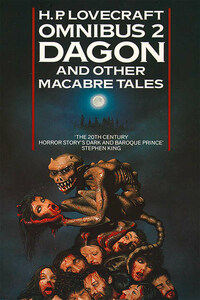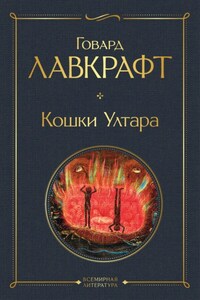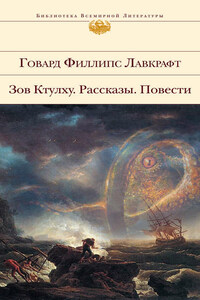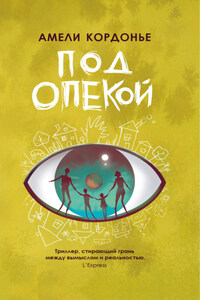The stories in this collection are for the most part secondary to H. P. Lovecraftâs major fiction. They represent every vein that Lovecraft made his own, and many of them are certainly among the best short stories of the macabre written in the twentieth century. An equal number belong to a group which Lovecraft himself frequently deprecated in his letters to his correspondents, over and above the habitual modesty with which Lovecraft looked upon his work. At least two of them â Herbert West: Reanimator and the ghost-written piece for Houdini, Imprisoned with the Pharaohs â were written to order, which was a rare departure from Lovecraftâs customary writing habits.
These stories are arranged here chronologically, based on the following complete chronology set down by Lovecraft with the fragmentary story, The Evil Clergyman, which was part of a letter not intended for publication, appended.
Dagon, 1917
The Tomb, 1917
Polaris, 1918
Beyond the Wall of Sleep, 1919
The Doom That Came to Sarnath, 1919
The Statement of Randolph Carter, 1919
The White Ship, 1919
Arthur Jermyn, (The White Ape), 1920
The Cats of Ulthar, 1920
Celephais, 1920
From Beyond, 1920
The Picture in the House, 1920
The Temple, 1920
The Terrible Old Man, 1920
The Tree, 1920
The Moon-Bog, 1921
The Music of Erich Zann, 1921
The Nameless City, 1921
The Other Gods, 1921
The Outsider, 1921
The Quest of Iranon, 1921
Herbert West: Reanimator, 1921-1922
The Hound, 1922
Hypnos, 1922
The Lurking Fear, 1922
The Festival, 1923
The Rats in the Walls, 1923
The Unnamable, 1923
Imprisoned with the Pharaohs, 1924
The Shunned House, 1924
He, 1925
The Horror at Red Hook, 1925
In the Vault, 1925
The Call of Cthulhu, 1926
Cool Air, 1926
Pickmanâs Model, 1926
The Silver Key, 1926
The Strange High House in the Mist, 1926
The Colour out of Space, 1927
The Case of Charles Dexter Ward, 1927-1928
The Dunwich Horror, 1928
The Whisperer in Darkness, 1930
The Shadow over Innsmouth, 1931
At the Mountains of Madness, 1931
The Dreams in the Witch-House, 1932
Through the Gates of the Silver Key, 1932
The Thing on the Doorstep, 1933
The Shadow out of Time, 1934
In the Walls of Eryx, 1935
The Haunter of the Dark, 1935
The Evil Clergyman, 1937
Even a casual examination of the chronological list indicates that Lovecraft did not work exclusively in one vein and then grow into another. Though early given to Dunsanian tales, this vein persisted well after the first stories in the Cthulhu Mythos had been written, and the New England horror fiction was subsumed into the Mythos. Undeniably, the period of his most consistent quality in fiction was the decade from 1925 through 1935, and it is evident that death came to him in March, 1937 at the height of his creative power.
To the stories in this collection has been added Lovecraftâs outstanding work in non-fiction, the long essay Supernatural Horror in Fiction, written in 1926-1927, and first published in W. Paul Cookâs The Recluse in 1927. It was subsequently revised in large part, and was being reprinted as a serial in The Fantasy Fan from 1933 through February 1935, when the magazine was discontinued, and Lovecraftâs revision of the work lapsed. It is a scholarly study that will afford readers some index to Lovecraftâs judgment of authors and their works in the genre of the macabre before and of his time.
AUGUST DERLETH
Sauk City, Wisconsin
1 March 1965














